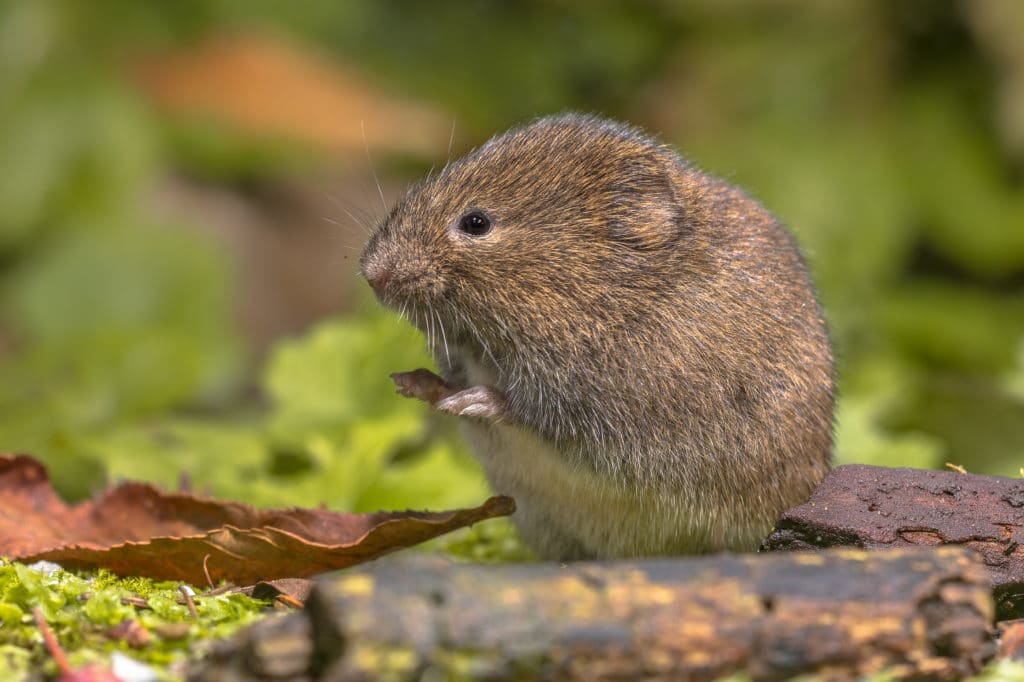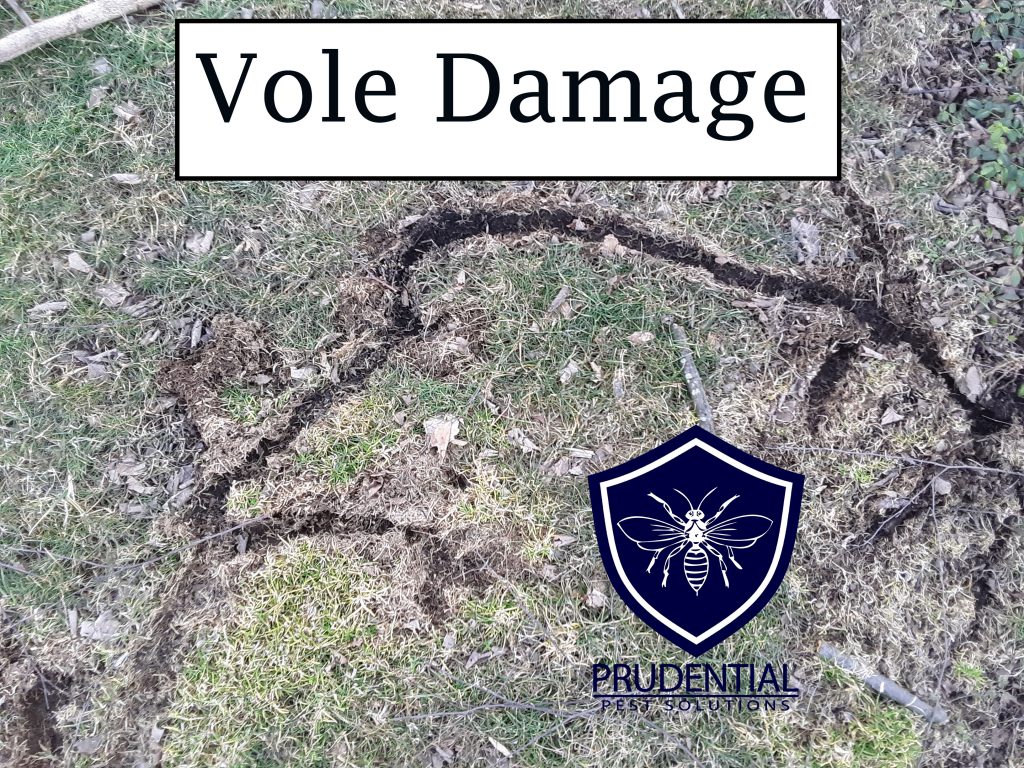Relied On Vole Control in Utah: Solutions for Your Property
Relied On Vole Control in Utah: Solutions for Your Property
Blog Article
Comprehensive Guide to Effective Vole Pest Control: Problem Recognition and Therapy Approaches
In the realm of effective bug control, vole invasions present a special obstacle that requires a critical strategy. These small rats, typically incorrect for computer mice, can inflict chaos on gardens, lawns, and plants if left untreated. Identifying the signs of vole presence and executing targeted therapy methods are important parts of an effective pest administration strategy. By discovering the subtleties of vole actions, understanding vital indicators of problem, and examining a variety of control alternatives, one can establish an extensive approach to deal with these elusive bugs.
Comprehending Vole Habits
Vole habits is identified by their burrowing habits and rapid reproduction prices, making them a tough insect to control properly. Their rapid reproductive rate further makes complex control efforts, with females capable of producing numerous litters in a solitary year, each containing numerous offspring.
Understanding vole behavior is vital for reliable pest control techniques. By identifying their burrow areas, keeping track of feeding areas, and carrying out targeted control approaches, such as capturing or environment alteration, vole invasions can be taken care of successfully.
Signs of Vole Infestation

Prevention Strategies
Carrying out reliable avoidance techniques is important in lessening vole invasions and guarding vegetation from their damaging feeding routines. To protect against vole invasions, it is important to start by removing prospective food sources and sanctuary.
Regularly evaluating the residential or commercial property for signs of vole task, such as runways and delve openings, is vital for early discovery and timely action. If vole task is suspected, take into consideration utilizing repellents or traps strategically positioned near their pathways. Employing all-natural killers like snakes or owls can also help maintain vole populations in check. By implementing a combination of these avoidance home owners, gardeners and techniques can properly protect their greenery from vole damages.
Non-Lethal Control Methods
To effectively handle vole populaces while focusing on humane approaches, non-lethal control approaches use functional options for reducing vole damage in landscapes and gardens. These obstacles can be hidden at least 12 inches deep and bent at a 90-degree angle to protect against voles from tunneling beneath.

Lethal Control Options
One efficient approach for attending to vole problems in gardens and landscapes entails the tactical usage of lethal control options. When encountered with an extreme vole infestation that non-lethal techniques have actually failed to include, implementing deadly control actions becomes vital. One commonly utilized deadly control option is using breeze catches. These catches are developed to swiftly and humanely eliminate voles upon activation, making them a popular choice for numerous gardeners and landscaping companies. To increase the efficiency of breeze catches, it is recommended to position them in areas where vole task is high, such as along runways or near burrow entrances. An additional lethal control choice is the application of harmful lures specifically created to target voles. These lures contain poisonous substance that is ingested by the voles, bring about their ultimate demise. Care has to be worked out when making use of poisonous lures to protect against harm to non-target pets or family pets. On the whole, when employing deadly control choices, it is crucial to do so responsibly and in conformity with neighborhood laws to successfully take care of vole problems.
Final Thought
In conclusion, reliable vole pest control calls for an extensive understanding of vole vole control actions, identification of indicators of infestation, application of prevention methods, and utilization of both non-lethal and dangerous control techniques. By incorporating these methods, people can successfully manage vole populaces and protect their building from damage. It is essential to deal with vole problems promptly to stop more issues and reduce the influence on the surrounding setting.
Given the complex passage systems and rapid recreation prices characteristic of voles, acknowledging the signs of vole problem ends up being necessary in effective pest control. One of the key indications of vole visibility is the visibility of surface runways or trails in lawn or snow, commonly about 1-2 inches broad, produced as voles travel between their burrows and food sources.To successfully take care of vole populaces while focusing on gentle approaches, non-lethal control strategies offer useful options for minimizing vole damages in yards and landscapes.One efficient technique for resolving vole problems in landscapes and yards entails the calculated usage of deadly control alternatives. vole yard damage.In verdict, reliable vole pest control needs an extensive understanding of vole habits, identification of signs of invasion, implementation of prevention strategies, and use of both dangerous and non-lethal control techniques
Report this page